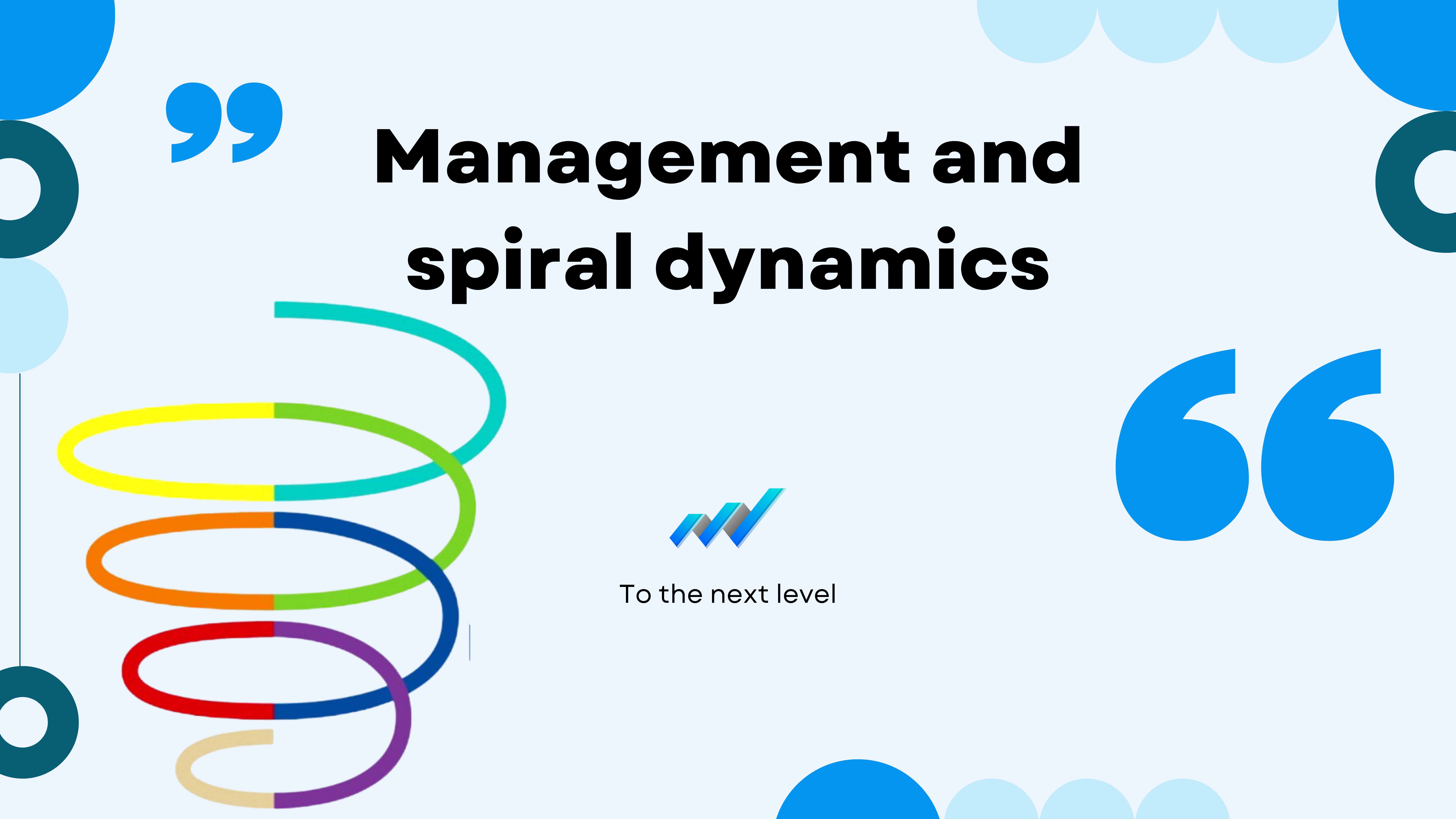1:1 meetings are an important aspect of effective communication in business. They help improve performance, develop skills and increase motivation in employees. What makes these meetings productive? In this article, we’ll cover the key points: preparing for meetings, choosing questions, listening carefully to employees, and the necessary steps after the meeting so that every employee can grow and achieve their goals.
What are 1:1 meetings, and why do you need them?
Communication is the foundation for building strong bonds with your team. However, due to the multitude of tasks and responsibilities, it can be difficult to find time to have one-on-one conversations with each employee. In these situations, remote one-on-one meetings become an invaluable tool. They provide the opportunity to regularly communicate with each team member in person, finding the time and space to do so.
A one-on-one meeting is a face-to-face conversation between a manager or HR professional and one of their team members. These meetings usually take place on a regular basis, such as every week or once a month. They create a space to connect with the employee, discuss current tasks or concerns, and provide feedback.
So why are one-on-one meetings so important? First and foremost, they help strengthen bonds with your team members. When you take the time to listen to employees’ needs, provide support and take a genuine interest in their well-being, you foster an atmosphere of trust and respect within the team.
Face-to-face meetings are also important for identifying and addressing any performance issues and other obstacles that may be hindering the development of team members.The goals of these meetings may vary, but an ongoing dialog with employees helps you stay on top of team moods, successes, challenges, etc. It also lets you know when any of your employees need extra help or support.
How often should I hold 1:1 meetings?
If your goal is to connect with your team and identify any current issues your employees are facing, then one-on-one meetings are a must. But the frequency of these meetings depends on a number of factors to consider when scheduling them:
The size of your team
When managing a small team, frequent one-on-one meetings can be more feasible and beneficial because they take less time. At the same time, if you have a large team, such as 15 people, organizing regular meetings every week or every two weeks may require about 10 hours of your time, which can interfere with other tasks and responsibilities.
Your team’s workload and schedule
If your team has a consistently high workload and busy schedule, frequent one-on-one meetings may not be the best solution. It’s important to focus on the quality rather than the quantity of these meetings.
The goals of 1:1 meetings
If your primary goal is to get regular feedback and mentor employees, then frequent face-to-face meetings are key. However, if the main purpose of these meetings is to update the status of projects or to measure success on specific tasks, then too frequent meetings can disrupt workflow.
You should start by having one-on-one meetings at least once a month. This will allow you to discuss any important issues or concerns and keep in constant communication. However, if your team is facing a lot of changes or challenges, you may need to increase the frequency of these meetings.
Ultimately, the optimal frequency of face-to-face meetings is determined by the individual needs and circumstances of your team. It’s important to approach this with flexibility and be prepared to adjust your meeting schedule as needed.
How do I effectively prepare for face-to-face meetings?
Following a few simple guidelines will help you make sure your meeting is a success:
Prepare for a face-to-face meeting:
– Plan the meeting well in advance: Send invitations at least a few days before the meeting, stating the purpose of the meeting. This will allow employees to prepare and determine what they want to discuss.
– Generate an agenda: Identify key topics for discussion, such as task updates, feedback, and goals. Share this agenda ahead of time, so coworkers can prepare.
– Review past notes: Before the meeting, recall what was discussed earlier to track progress and revisit unresolved issues.
– Pay attention: At the meeting, focus on your colleague, avoid being distracted by your phone or email. Try to understand them and learn about possible problems.
– Set SMART goals: Set specific and measurable goals with the coworker that align with their career plans and overall team goals.
– Track accomplishments: Keep track of goals and discuss progress in future meetings.
Face-to-face one-on-one meetings can be a great way to improve communication, trust and problem-solving at work. To be effective, it is important to set clear objectives, actively participate in discussions, give feedback and work on solutions together. These meetings help to create a good working environment.
To the Next Level can help you make 1:1 meetings as effective as possible. We provide tools for scheduling meetings, taking notes and plans, and giving you access to the right information and resources for managers and employees. We can help you make sure that the goals discussed in meetings are aligned with the overall goals of the organization, and that performance or development issues are addressed in a timely manner.
1:1 face-to-face meetings can be a great tool to improve communication, collaboration and productivity in the workplace. By utilizing To the next level services and following these guidelines, you can create a positive work culture that fosters employee growth and development.





